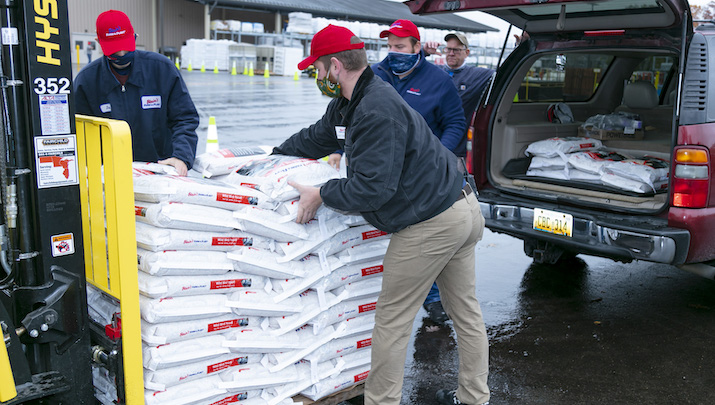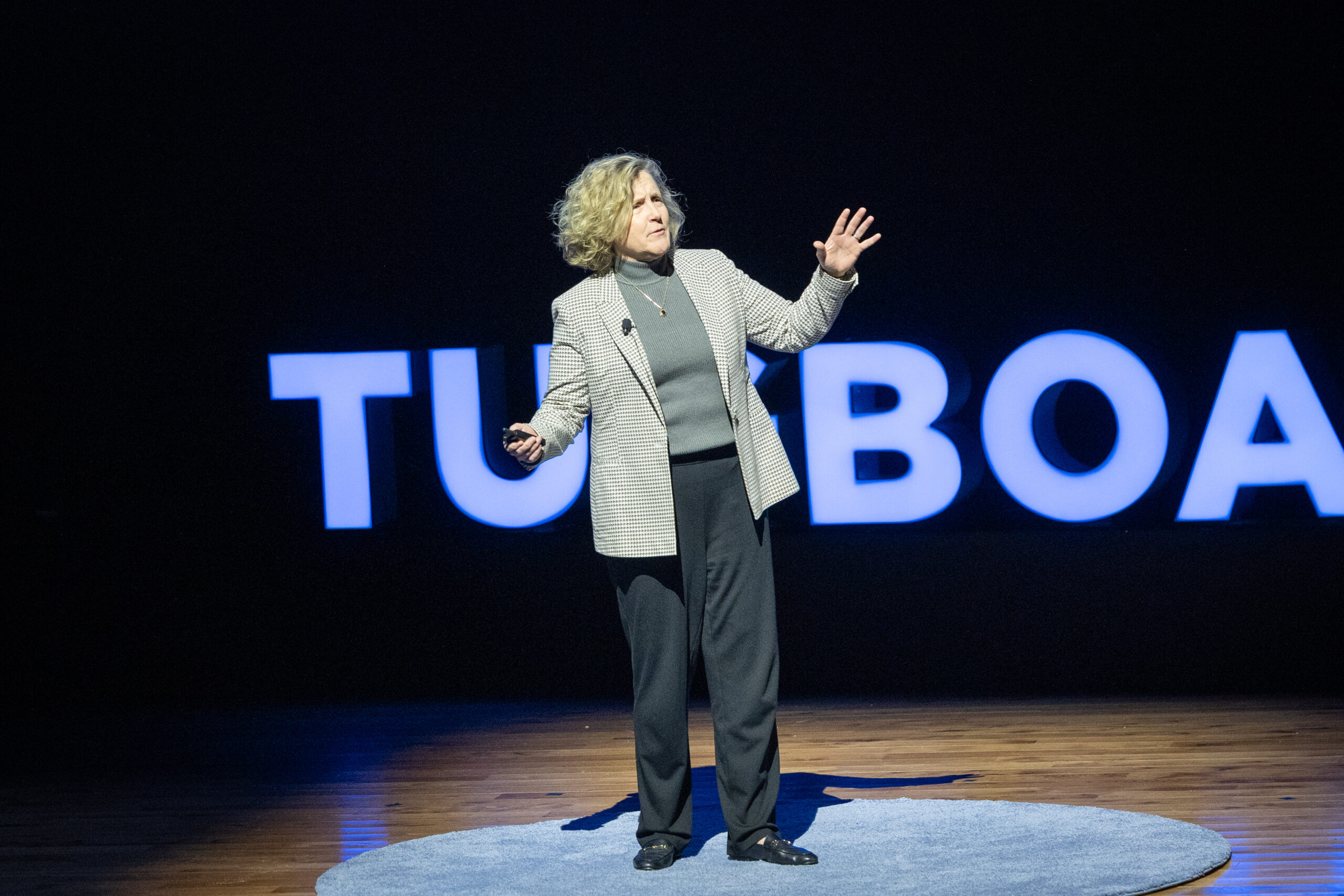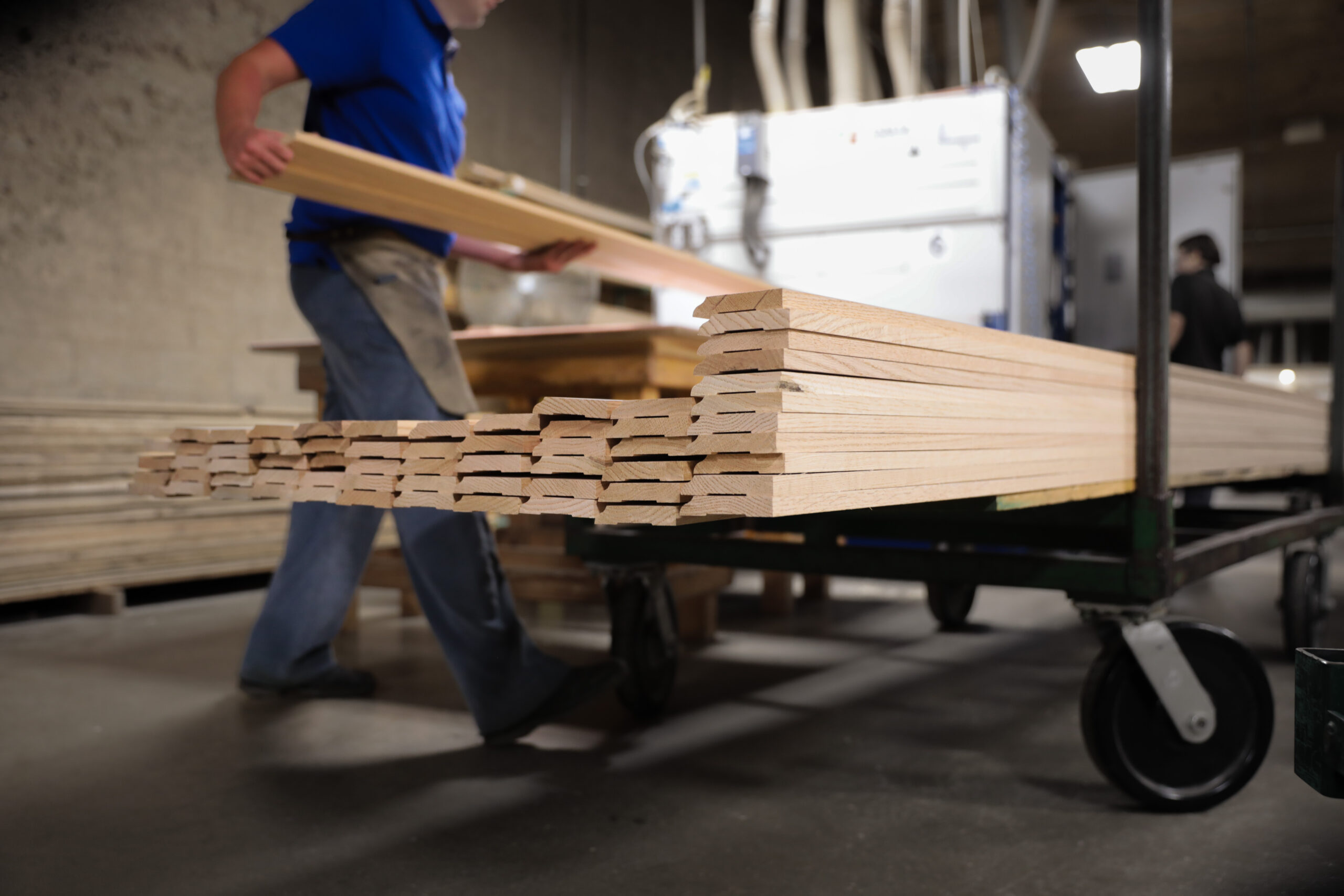

How One Employee’s Idea Changed the Way We Do Business
- Jane Blain Gilbertson
- Blain’s Farm & Fleet
Our family-owned regional retail chain, Blain’s Farm & Fleet, was founded in Janesville, Wisconsin in 1955 by my father and my uncle. Since the beginning, as we’ve grown from one store to 43 stores in four states, we’ve been driven to serve our customers as though each one is a neighbor. That motivation has resulted in many iterations in our service over the years, as we meet and respond to changing needs and shopping behaviors.
Often, these innovations are made in response to suggestions from our associates who work the floors of our stores every day. We value their frontline feedback, and they generally don’t hesitate to share what they’re seeing and hearing for the benefit of our customers. This was the case about six years ago, when a young employee made a request for a Pragmatic Innovation.
As I was doing a construction walkthrough of a brand-new store with a whole team of people—about 20 of us—a new member of our operations team, who had come up through the stores as an associate, made a suggestion. We had just walked through the 125,000 square-foot building from the back, where we generally have a yard space for checking in freight and loading large products into customers’ vehicles, when she spoke up: “Jane, can I make a request?”
The entire team paused and turned toward her, some of the group looking at her a bit askance, wondering what this young employee was going to say. When I asked her to go on, she asked, “Can we put a cash register in the back of the store for the grand-opening weekend?”
When I prompted her to explain, she noted that the large number of people who come through during the store-opening events, which generally take place over a three-day weekend and can bring in 40,000 customers, leads to really long lines at the front registers. “With a register at the back, we could serve customers who purchase larger items right there and move them through more quickly. If we run into any issues with the larger purchases—if there’s damage, or if they decide they want another item right then—we could take care of them on the spot instead of asking them to go back through to the front, stand in line again, and come all the way back around.”
It was brilliant. In fact, I decided that not only were we going to make that happen for the grand opening, but that we would sell out of the back of the store year-round. It seems obvious now, but her voicing the idea was transformational and really just changed my whole way of thinking.
The seed of that idea set in motion a series of iterations and innovations around how we could service our customers through the back side of our store, meeting their needs along an entirely new path. I modified the design of that building—at that point at the end-stage of construction—to include an overhang and drive-through lane. And, over the next year, we implemented that design and new approach to service across all of our stores. In addition to the building modifications, we installed new registers and related technology (including headsets for the workers in the yard, mobile credit card processing technology, and adaptations to our app to facilitate the new process) and retrained our warehouse workers to process sales. Ultimately the decision led to an online ordering process that has become the norm now—order online and pick up in store—but was novel in our space at the time.
While I did experience some push back from team members who were worried that this new option would decrease in-store sales, I felt strongly that our customers would continue to shop in our stores. This was simply a new iteration of our service, a way to remove a barrier and create a new path for engagement. It was a convenience play, and it made sense.
Fast forward to 2020 and the COVID-19 pandemic, and we had been facilitating buying online and picking up in the store for five years. As everyone in retail was scrambling to navigate the new restrictions and continue to serve customers, we leveraged this earlier innovation and then improved upon it.
We implemented a two-hour guarantee for pick-up following online ordering, sent texts when orders were ready, and loaded purchases to customers’ cars and trucks with a no-touch service. As an “essential business,” we were able to serve those customers who weren’t comfortable shopping inside our stores initially and we gained additional market share because we had these systems and processes in place when some of our competitors did not. In addition to continuing to serve our agricultural customers looking for efficiency in buying and loading large items in the back, we attracted new customers who realized they could order smaller household items, PPE, pet food, snacks, and other products from us and conveniently pick them up without leaving their vehicles.
Little did any of us know during that walkthrough in 2016 that the idea raised by our young team member would be the impetus for such company-wide innovation. That suggestion launched wide-scale, permanent change and catapulted our business plan in a completely different direction.
In considering the impact of this change and the way it came about, I’m proud that it reflects our motto: “Our associates are like an extension of our family, and our customers are like our neighbors.” We respect and appreciate the experiences and insights of our team members and recognize the vital role they play in interacting with customers every day, and we strive for an open-door policy for all who seek to share their ideas. All of that input is essential as we continue to iterate our service offerings for our customers, who are often literally our neighbors in the communities we serve. We look forward to continuing to listen and learn.
More Articles and Videos

Both/And Thinking: Harnessing the Positive Potential of Tensions
- Marianne Lewis
- Carl L. Linder College of Business, University of Cincinnati

Leading Through Uncertainty – Tugboat Institute® Summit 2025
- Jackie Hawkins
- Tugboat Institute

Get Evergreen insight and wisdom delivered to your inbox every week
By signing up, you understand and agree that we will store, process and manage your personal information according to our Privacy Policy




